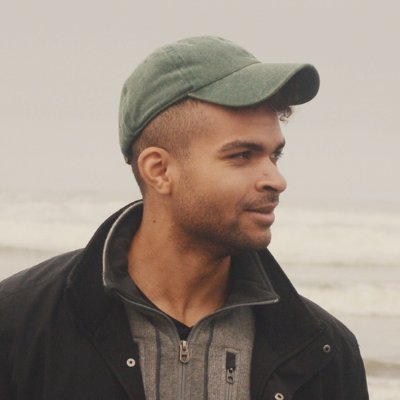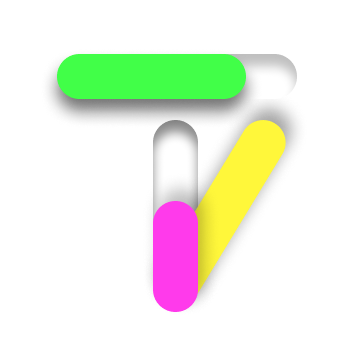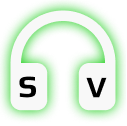Reflecting on 2021
Reflecting on my first year building software from scratch.

15m Read
1/6/2022
TL;DR
In 2021 I took my first steps into software entrepreneurship. I made a lot of mistakes, I learned a ton, I built the app of my dreams and I learned that the solopreneur life is the life I want to live.
I'm taking all the lessons 2021 gave me into 2022 to scale my business to 1k MRR.
The beginning
The Light Bulb landing page right now (12/30/21) 👇

I started building Light Bulb on Oct 22nd, 2020. The first release to the Apple app store was on Dec 18, 2020 about two months after development began. Ahead of me was a whole slew of code, architecture, designs and domains I’d never faced before.
All I had was my will and an idea. Turns out, that’s all you really need to get started as an indie dev.
I’d had the idea of building a recording app that allowed deeper expression of one's ideas for years. I, like many creative musicians, had a phone filled with thousands of voice memo recordings of guitar ideas that I wanted to release or at least play around with. The issue is that I rarely returned to any of my ideas and when I did I had lost my original intention for the idea.
Looking back now, this is the fundamental problem Light Bulb solves. With Light Bulb, creative musicians can give their ideas deeper meaning and remember when, where, and why they wrote something. Light Bulb is home for new musical ideas.
In 2021 I transformed Light Bulb from a raw idea to a real app getting used by real people.
In 2022 I’m going to make Light Bulb incomparable to other recording apps. It will be in a league of it’s own.
Measuring ‘success’
An idea I recorded in California. The current recording UI (12/30/21) 👇
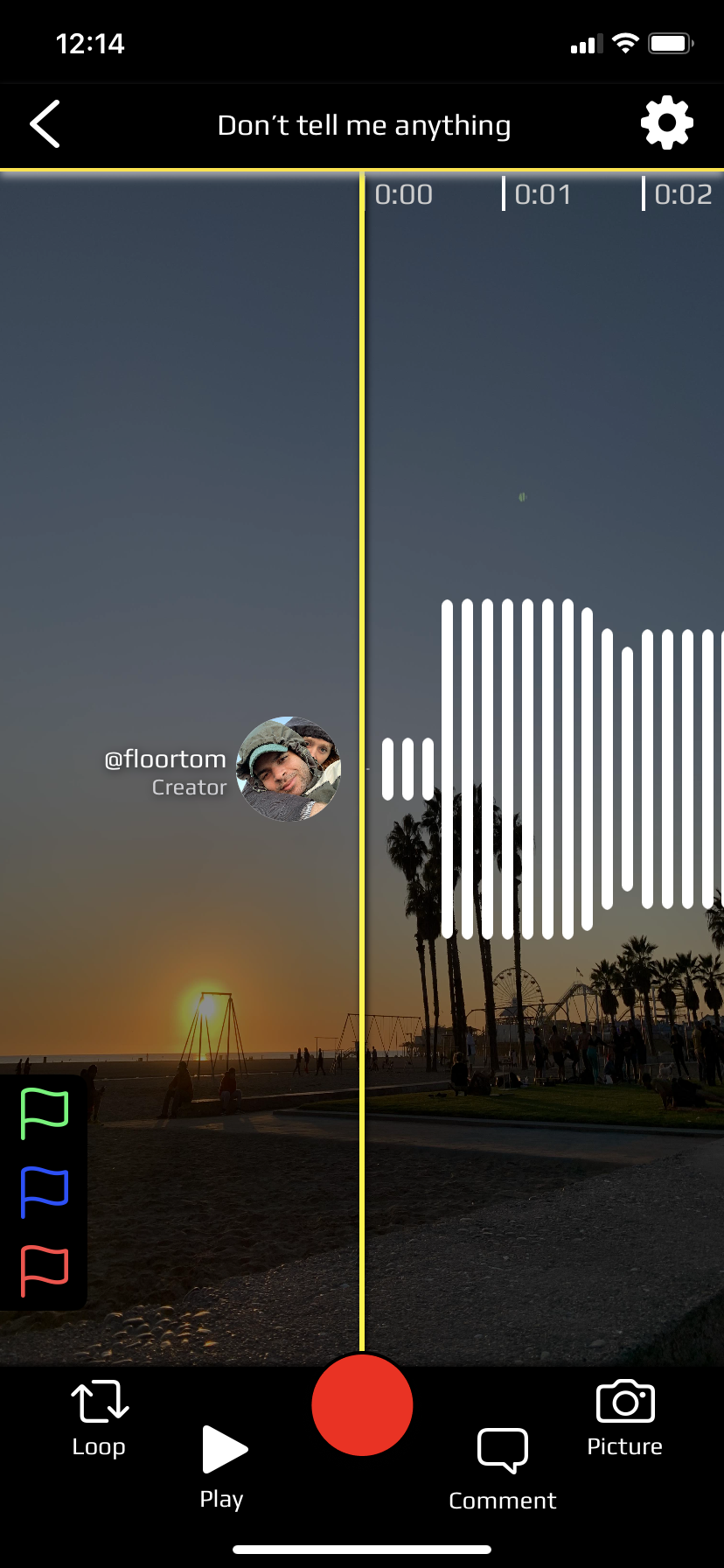
When setting out on a new venture the most important thing is to know ‘am I doing this right?’. A few good books and online resources can lead you in the right direction. KPIs (key performance indicators) and OKRs (objectives and key results) are two popular success measures.
When I started I had a rough idea that I would need to measure success in some way. On a personal level that means shipping the right features quickly. As the app started growing it meant setting strict measures of success relating to usage and retention.
Measuring the success of the product is crucially important, but I think measuring your own personal KPIs and OKRs is even more important especially as a solopreneur/indie dev.
I did a lot of things ‘right’ and many more things ‘wrong’. I’ve learned that it is inefficient to phrase things in the black and white perspective of ‘right’ or ‘wrong’. What’s more significant is what I learned that helped me build better product faster and how quickly I learned it.
The thing is I am my most important asset. The knowledge I gain and the processes I learn to create by building Light Bulb or any product will stack up and compound overtime as long as I am open to the lessons. This is a long game and I believe once I crack the processes of value generating products, it won’t matter what I did ‘right’ or ‘wrong’. It will only matter that I arrived and when I arrived.
In 2021 I prioritized personal growth and process development
In 2022 I will continue to prioritize personal growth and process development
Building product & building community
The same idea shared with the world (12/30/21) 👇
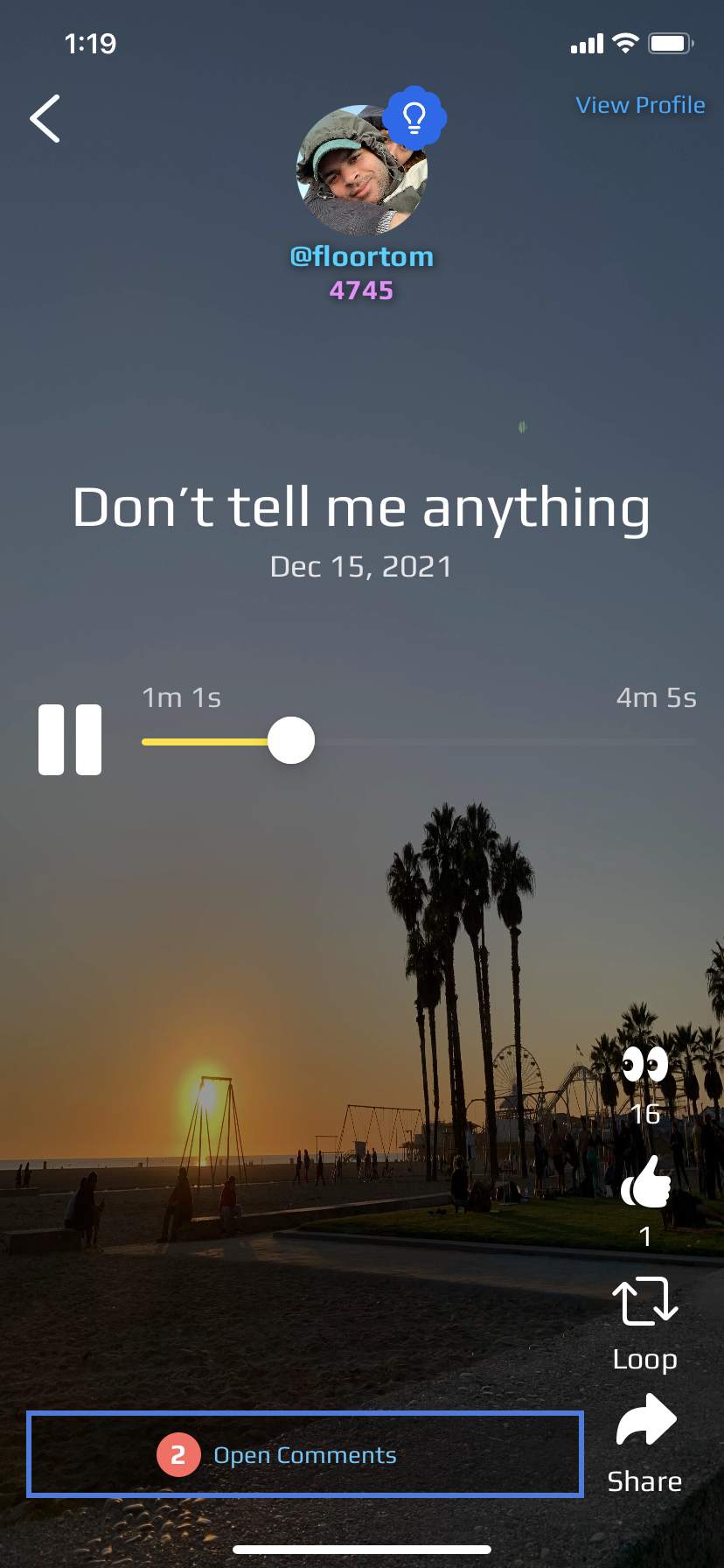
When I started this journey I was a “programmer first” product builder. I’m not sure if that’s true anymore but this led me to build before anything else. I quickly learned that building product was only 50% (at most) of the battle. The other half was building an audience that will use and enjoy the benefits of your product.
I still struggle with this but have improved since the beginning of my journey. It’s true, if you have a product and no audience you actually don’t have anything. Solutions only exist to address problems that people have.
One of the great realizations I had in 2021 was internalizing that people are at the center of everything. If you want to build something incredible find someone who thinks what you’re about to do/build is incredible first. It seems obvious but thinking through this lens consistently is vital since it always leads you in the right direction. Instead of ‘I think this feature is useful’ it’s better to think ‘would a creative musician who has a new musical idea think this feature is useful?’
Understanding that people are at the center of everything led me down a wonderful path of studying audience building, marketing, sales, and product validation knowledge ultimately leading up to one of my most important product building tools in 2021.
The critical hypothesis
The critical hypothesis is the one question that must be true for your idea, product, feature, design or anything to be successful. This is the question that you’ll (without bias) gather evidence both against and for, to validate or invalidate your idea. If the answer to this question is not yes the idea needs work or should be trashed completely.
It turns out a lot of engineering is all about asking the right question. Usually one critical question at a time. This reinforces the idea for me that everything is a search problem.
In 2021 I learned that everything is built and done for people
In 2022 I will create products that are hyper focused on generating value for specific segments of users.
“Scale your impact” & “Use force multipliers”
The current web portal. Listen to ideas in the browser (12/31/21) 👇

As I climbed the ranks of engineering I found that I hit a wall around the “Senior” engineer level. Not a career wall but a true productivity wall. I found I wasn’t having breakthroughs like I use to. I wasn’t learning how to create products faster, better, cleaner, etc.
This changed when I started my journey as an indie dev. I was able to utilize and internalize an idea I’d learned from 2 mentors.
'Scale your impact'
'Use force multipliers'
These two ideas are essentially saying the same thing in different ways.
Find and utilize opportunities where the inputs are not equal to the outputs. Here are several examples
- Instead of creating a website from scratch, use a no-code tool to get close enough. Let’s say I saved 2 hours to build a site instead of 6. That’s a 3x multiplier (excluding maintenance).
- Create NFTs using a program to combine components of an image instead of drawing each NFT individually by hand. If we were generating 1000 NFTs that would be an impressive 1000x multiplier.
- Instead of sharing new music on Light Bulb via social media to show what the app can do, create a feature that allows users to share their own ideas with the world. With 10 users that’s a 10x multiplier. With 100 it’s 100x. With 10000 it’s 10000x. So on and so forth.
The multiplier is there to give a rough sense of the scale of impact. There’s no way to know the true impact, but you can guess and be reasonably close. The idea is to create or find and use opportunities where the outputs are vastly greater than the input.
I believe the question 'Can you scale your impact?' is the critical hypothesis that will determine if you or I become a successful solopreneur.
In 2021 I began scaling my impact by building and finding processes and tools that have an outsized output to input ratio.
In 2022 I will double down on efforts to scale my impact to become a 100x solopreneur.
Create in public & Individualism
New app store card theme (12/31/21) 👇

I first learned about creating in public on twitter from several product builders. I found the idea fascinating and immediately knew this was an important trend. In the age where monopoly companies like Facebook, Google, Apple, Netflix, Amazon and others run our lives there is a big pushback toward the individual. This is revealed most in the creator economy where people will literally purchase things because a content creator they respect recommends it.
Creating in public connects thematically with the return to individualism. Just like how “day in the life” vlogs reveals the true nature of one's life creating in public removes the veil on the processes involved in creating and makes others feel connected with the creator.
I put this idea to the test when I began releasing ‘Record in public’, ‘UI design in public’ and ‘coding in public’ content. The response was super positive! People are genuinely interested in how things are built.
Connecting with your audience builds trust. A great way to connect is to show people how you create your content. Bring them on the journey with you. However mundane, challenging, or exciting I think people are more interested in how you react and execute than anything. The long term result of this is community. This is something I want to dig deep into in 2022.
In 2021 I internalized that people are driving back toward individualism and respect the authenticity of creators over companies.
In 2022 I will create in public and openly share my journey as a solopreneur building a one man company.
Health > Time > Money
Designs for a new music visualizer feature (1/6/22) 👇
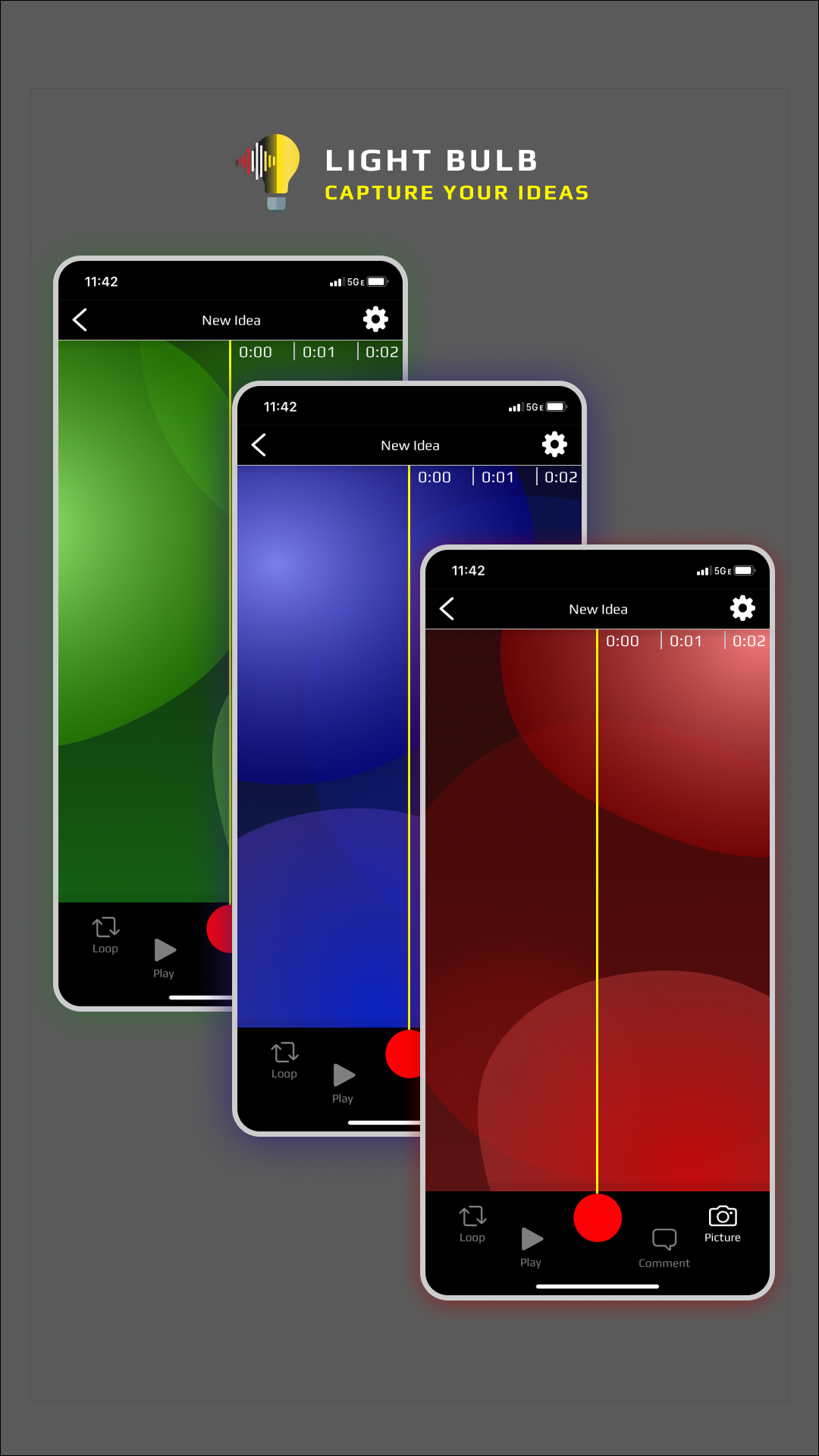
I’ll try to keep this concise. A lot of people mess this up and this is a topic I've figured out well over the past 5 years.
At the core of your life you have 3 primary resources. Your health, your time and your money.
Money is the least important resource (say that out loud so it hits). I repeat money is the least important resource. Money will come and go. It can be gained and lost. Money can be traded for health (gym, nutrition, positive environments) but is often traded for things that harm health (alcohol, shit food, useless entertainment). Money cannot be traded for time. In fact the biggest mistake people make is in over trading their time for money. Money is important but it is less important than time. Money is much less critical than your health.
Time is the 2nd most important resource. You are always running out of this. Time can be traded for money (work, wealth). Time can be traded for health (working out, eating nutritiously, building a positive environment). Time can never be renewed making it the scarcest resource (yes even over health).
Health is the most important resource. Health is your ability to endure physical and mental strain. You have high health when you can leap out of bed exactly when you planned and have a positive, active and productive day. You have high health when you can travel anywhere in the world without concern for any physical or mental challenges you may be placed under. You have low health when you cannot execute on your plans due to physical or mental aches or pains. You have low health when you cannot adapt to different physical or mental environments. Health is more resilient than it may seem. You can come back from deep misuse of your health resource with the right effort. Health should never be traded for any other resource. Health will slowly degrade over time but can be slowed drastically with the right lifestyle.
I’m mentioning the 3 primary resources because it’s crucial to consider when building product. Building products is a long term game that requires coordination with your 3 primary resources. It’s important not to over trade time or money into your ideas and certainly not health. I’ve pushed myself a few times but I never over traded my primary resources to ship a feature. This is a major advantage because it means over the long run I will prevent burnout (a side effect of over trading primary resources) and keep my mind clear to make the best decisions every day.
In 2021 I respected my health, time and money next to my goal to become a self sustained indie dev.
In 2022 I will continue to respect my health, time and money next to my goal to become a self sustained indie dev.
Into The Future of 2022
In 2022 I will make Light Bulb #1 undisputed best app for creative musicians.
In 2022 I will create 2 new SaaS products from the ground up utilizing all the lessons I’ve learned from building Light Bulb.
In 2022 I will share my journey as a solopreneur by vlogging my journey as I scale SaaS from 0 to 1k MRR.
In 2022 I will double down on opportunities to scale my impact and become a 100x solopreneur. I will automate processes, build software, and use tools that offer outsized return given the input.
In 2022 I will build features that put my user's thoughts, feelings and experiences first.
In 2022 I will continue to measure and invest in my personal growth next to the growth of my software assets.
In 2022 I will continue to respect my health, time and money next to my goal to become a self sustained indie dev.
In 2022 I will continue to believe in myself.
In 2022 I will create fundamental human value for my users.
